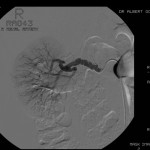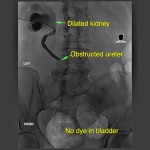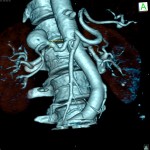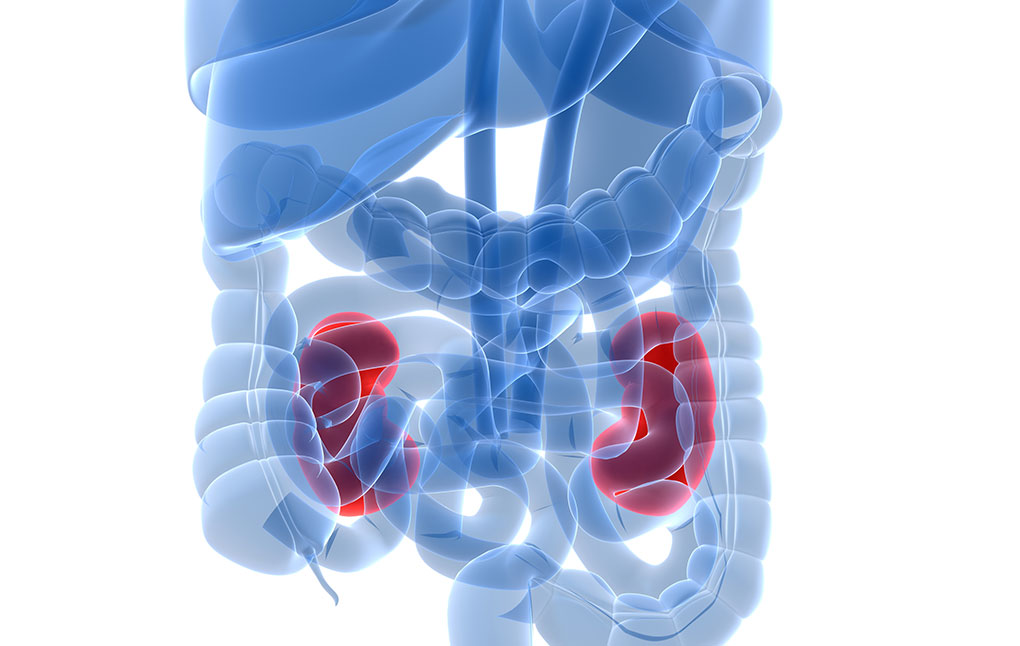Renal Artery Intervention for Hypertension and End-Stage Renal Disease
Ideal for patients with:
- high blood pressure or hypertension
- symptoms of renovascular disease which include:
– bad taste in the mouth
– chest pain
– confusion or anxiety
– fatigue
– itchy skin
– loss of appetite
– muscle twitching or cramping
– nausea and vomiting
Benefits:
- Improves or stabilises renal function and preserves kidney size.

Nephrostomy and Ureteric stent
Ideal for patients with:
- cancer blocking one or both ureters
- kidney stones
Benefits:
- A ureteral stent or nephrostomy catheter will allow urine to flow again from the kidney and permit the kidney to function normally.
- Maintains kidney function and protects the kidney from damage and infection.
- Allows access to treat any underlying problem.

Aneurysms of the Mesenteric, Renal, Splenic Arteries
Mesenteric aneurysm symptoms:
- severe pain in the abdomen occurring within an hour of eating, lasting for 60 to 90 minutes
- weight loss (patients cut back on eating due to the pain)
- diarrhea
- nausea
- vomiting
- flatulence
- constipation
Renal aneurysm symptoms:
- There are usually no symptoms for renal artery aneurysms, and the condition may go unnoticed unless a person is getting imaging for some other reason.
- Can sometimes lead to hypertension.
Splenic aneurysm symptoms:
- Generally there are no symptoms and often diagnosed due to other imaging.
- Some people experience abdominal pain, nausea and vomiting.
- Left untreated, a rupture could be fatal.


